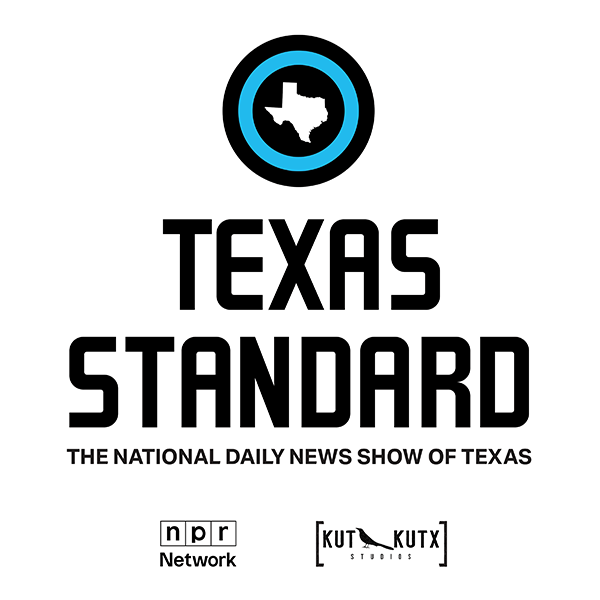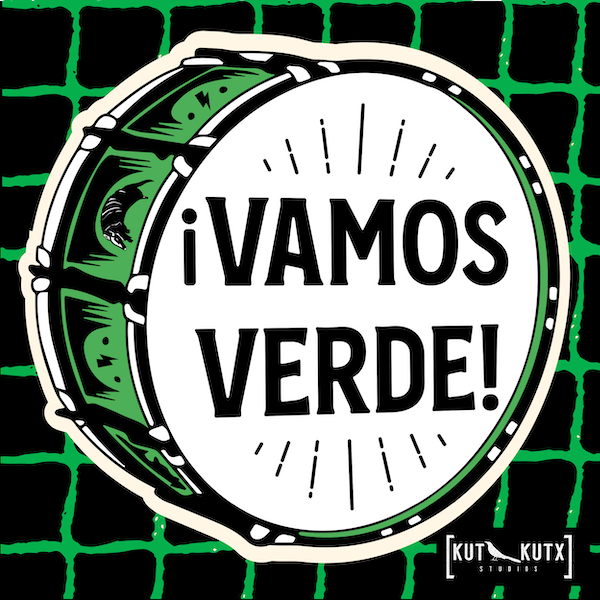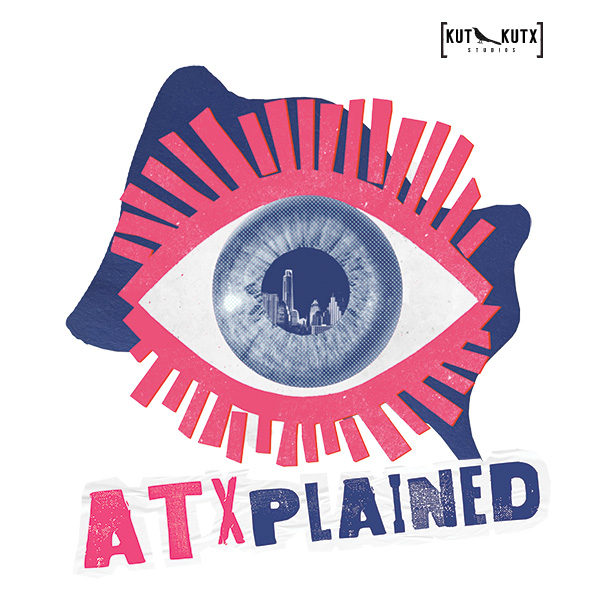Last Friday, Texas Standard featured an interview with Ken Burns of PBS documentary fame. His latest two-parter is all about bison — “The American Buffalo.” This is an extended version of that interview that includes more context and more back and forth about the bison’s future.
The full transcript of this episode of Texas Standard is available on the KUT & KUTX Studio website. The transcript is also available as subtitles or captions on some podcast apps.
David Brown You’ve got it tuned to the Texas Standard. I’m David Brown. Even with Texas’s rapid consistent growth, there are still plenty of wide open spaces, though most of them are surrounded with fences. It’s not hard to imagine what the hills and plains must have looked like centuries ago when millions of buffalo roamed free. Of course, we know most of those bison didn’t make it into the 20th century. We’ve probably all seen the black and white photos of their skulls stacked into what looked like small mountains. Though you might know the general story of their destruction, there are likely large swaths of shocking details you have not learned over the years. They’re unraveled in the latest documentary by Ken Burns. The two part series, The American Buffalo, is coming to PBS stations Monday, October 16th. Ken, it’s a pleasure to have you on the Texas Standard again.
Ken Burns It’s great to be back. Thank you, David.
David Brown You’ve done so many documentaries, people, music, genres, wars. I think this is your first focus so squarely on an animal. Why the buffalo?
Ken Burns It is indeed. It’s the biography of the largest land mammal in North America, the national mammal. Now, as of the last decade or so, biographies, we have done a number of them. And biography is the constituent building blocks in a lot of our big series. And we have felt and wanted to do this film for a very long time, over 30 years, and have just now, in the last four years been able to to to find the room. And I think maybe the chops to be able to do this, which is to realize that telling the story of the bison is telling the story of the complicated and intricate relationship for more than 600 generations between that animal and native peoples. And it is also the story of the more recent arrivals, maybe the last six or seven generations of people who did their very level best to exterminate the former and isolate as many of the latter as they could.
David Brown I have to ask, because I’m sure I’m sure you’ve gotten them I know will get emails, what most of us call the buffalo is actually a bison. Why did you choose to go with the American buffalo for the title?
Ken Burns Well, you know, we the scientists call it bison. Bison, that’s its generic species name. And so that is the true thing. But it’s what everybody called it from the earliest Spanish and French explorers on the continent to Americans. The second biggest city in New York state is not bison. New York. William F Cody’s nickname is not bison bill. And so most of the places in the United States, of which there are nearly more than any other name, have the word buffalo in it. So we are going with what people know and are familiar. But very early on we let you know that these are interchangeable names and so we refer to them sort of equally as bison and buffalo throughout the course of the film, as do our scholars, as do the many native people, including Native American scholars, who populate our film.
David Brown Telling the biography of bison or buffalo. I mean, it would be really challenging. And one of the devices that I think you use to great effect is, you know, there are Native American calendars. Can you talk about what those look like and how they helped you track the history of the buffalo?
Ken Burns Certainly many native peoples and I think we tend to at our peril and at obviously their disadvantage, sort of lump American Native Americans into one sort of branch, like they’re all one thing. There were 300 nations in the continental United States. Some of the tribes as different from one another as German and French. So, you know, and I don’t mean just linguistically, but culturally and habit and sort of character and things like that. And so we do a disservice if we just presume a uniform. They it’s the other thing. They’re us. They’re the original inhabitants of this place. And so I think what you have to understand is that in many of the different folkways and and and lifeways of native peoples, they often recorded the events on a buffalo skin or on some other surface that would permit them to communicate visually in what we’d call a pictographs. The central event, maybe it’s a meteor shower, maybe it’s the time there were no buffalo and so they ate dog or whatever it might be. So these calendars become a way for us to verify or at least add another dimension to the oral histories that come down from the various tribes in the southern to the central to the northern plains that are mainly what our stories about the buffalo existed before the United States did, from sea to shining sea and the early. Colonists record it. You know, Daniel Boone’s Cumberland Trail is not a trail that he blazed. It’s a buffalo trace that he followed. You know, the Jamestown settlers exploring up the Potomac in what is now Washington, D.C., discovered a herd of Buffalo there. So they’re they’re all over. But by the beginning of the 19th century, by 1800, they are confined perhaps 35 million to what we call the plains.
David Brown Well, some Texans might know there are Buffalo roaming in Texas today. They were at what’s now Palo Duro State Park, now in Caprock Canyons State Park. Rancher Charles Goodnight gets a lot of credit for their preservation. But you said that should really go to his wife. Could you explain a little bit more?
Ken Burns Sure. Well, you know, this is the story of the people that begin to suddenly wake up in the end of the 19th century. Go. You know what? This animal we have almost blinked out of existence. We need to save the buffalo. It’s a whole motley crew of people. And they do it for different reasons, some of them wrong. And one of the more interesting people, I think, and one of the persons who made the biggest journey, the biggest transformation is Charlie Goodnight. Most Texans have probably heard of him. He’s one of the most, you know, celebrated. He started off as a ranger and an Indian fighter, an Indian killer, a rancher, a killer of Buffalo because he wanted to replace them with cattle in the Palo Duro Canyon. He had the first ranch there. And as his life goes on, his wife, Molly, who doesn’t have a neighbor for 50, 60 miles around, asked him to spare a few cabs. He does. He’s kind of not so sure about it, but he does. And they cultivate a small herd. And at the time, people are beginning to wake up to this. The goodnight herd is beginning to grow and becomes a significant player among dozens of players scattered all over the United States, including my state of New Hampshire, where I am right now, where there was a pretty sizable herd that was being preserved by a millionaire and his caretaker or his, you know, being is taking care of them. And Buffalo Bill’s got some and a guy, a former hideout named Buffalo Jones. But but Charlie really goes a long way and he turns into he starts giving away buffalo to various tribes the Kiowa in particular so they can have their their son dance because they need the sacrifice of a buffalo and they don’t have any, they don’t exist anymore. No one can find them. And so you know he’s he befriends Quanah Parker, who is celebrated for being a hater of Texans and a fighter of Texans and adobe walls and other places. And they become friends as old men. And Quantas already led his people onto the reservation and made the transition to peaceful coexistence. But, you know, there is there’s a lot between them that they realize they share more that they share in common. And their friendship is a wonderful lesson for all of us today. In this time of division and perpetual argument, telling stories is the way you connect. And I think the story of Charlie Goodnight and Molly is at the center of it because she’s the one who urges him, prize him to to save some buffalo and is the beginning of, I think, a really important heard if not you know, in number then in symbolic importance just because of the long journey that good old Charlie makes.
David Brown You know there are many details in this story that might surprise folks. A lot of names that will be familiar to a lot of Texans. But it’s one of the stories that that sticks out to me is, is it wasn’t just the skins of Buffalo that were of value. Later on, it actually became the bones.
Ken Burns Yeah. What? Oh, yeah, go ahead. Yeah. So. So what what kills the buffalo Are it principally market pressures. You know people have a taste in the early 19th century for the tongue so they just kill the buffalo and you walk away with the tongue. Later on, after the Civil War, when the industrial Revolution is really taking off, they want the hides because they found them particularly supple to drive the belts of the machinery of the Industrial Revolution. In fact, leather was the fifth largest business then is the buffalo are dwindling because they’re slaughtered. Just I mean, the native people used everything from the tail to the snout, and here people are just getting them and leaving seven, £800 of meat just to rot on the prairie. And the Indians are literally starving and and being driven by this. And and so, you know, later on, as they’re dwindling, people went ahead to put in their trophy room or in their saloon. And then it turns out that the bleached bones from these decades of slaughter have value to a nascent chemical industry. In fact, the biggest business in Detroit is the Michigan carbon works, which is grinding up those mountains of. Bones and skulls and and whatever. One of the historians says it was like cleaning up a crime scene, you know, because for four, four years and years, people would talk about the stench and littered bones across the plains. But even those got collected and apparently made more money for the people who were using them than any of the heights did. But the consequence also is that people began to realize that if you kill the buffalo, you kill the Indian, you can control the Indian. And in fact, Theodore Roosevelt, before he’s president, said, Yeah, it’s really kind of unfortunate that the buffalo is probably going to go out of existence, but it’s going to be helpful in our management of the Indian problem and then goes on to talk about them as savages. And so you begin to realize that, wow, there may not be official U.S. policy, but there is a conscious sense that if you destroy this, the single most important animal for sustaining the lifeways and the lives as not to mention the spiritual lives of native peoples all up and down the plains, you’ve controlled them. And it’s not a pretty picture. It’s a pretty ghastly tragedy. But, you know, at the end of this trail is some hope because Americans do get together and they do save this beast from extinction. The bison, our national mammal, is not going extinct. And well, there’s not even half a million where there were 35, 40, maybe before Columbus, 70 million buffalo. They’re not going extinct. And that’s good. And then it raises the final question. I think our film is two parts, and we like to think of it as the first two acts of a three act play. The third being, you know, what are we going to do now that we’ve saved them? Do we just want a zoo animal or behind corrals? Do we want them to return to a habitat large enough, an ecosystem large enough where they can roam wild and free? And that’s a big question that we’ll have to decide together. People who normally are in disagreement with one another, we’ll have to figure out what it is we want. But I think we know what the buffalo wants. We know what native peoples want, and they’re very much a part of this new effort to to get the buffalo back to tribes that have been missing their brethren for, you know, 150, 200, 250 years, depending on where your tribe is.
David Brown So, Ken, are you optimistic about the future of the buffalo? I mean, that we are seeing the resurgence, as you were talking about there, but where do you think this is headed?
Ken Burns Well, I am optimistic. I do think we have the will. You know, we created national parks when we began to realize that the West was not inexhaustible and that we might just suddenly fence or cut down or destroy everything there. We woke up about the buffalo and they’re not going to go extinct. And now the question is, can we provide them with ecosystem and habitats large enough so that they’re back and that part of the depopulated, human depopulated, Great Plains could become again the American Serengeti, that it was not just monocultures of relative silence, but when the buffalo come back, then lots of other animals and lots of other plants come and you have a flourishing thing. It doesn’t mean you’re taking anything away from anybody. You’re just saying, boy, how great it is to have a place that looks like what America look like. When Lewis and Clark, the first Americans to sort of begin to explore west of the Mississippi, discovered and their journals are filled with the stories of the numerous bull buffaloes that they see sometimes waiting hours, you know, throwing stones to get them out of the way. This magnificent procession of tens and tens of thousands stretching to the horizon and, of course, representing the tens of tens of millions that were buffalo there. Yeah, I hope we can see it in our lifetime. And it isn’t just an experience you have in the zoo or if you happen to be at Yellowstone and one old bull or cow comes wandering into the scene it old faithful and everybody moves away as they should do not approach a buffalo. They are a wild and very powerful animal.
David Brown It’s an American Serengeti. What a powerful image that is. Filmmaker Ken Burns latest documentary, The American Buffalo, debuts Monday, October 16th on PBS stations. We’ll have a link to more at Texas Standard. Georgie. Ken Burns, thank you so much for speaking with us again on the Texas Standard. Great to say hello again.
Ken Burns It’s been my pleasure. Thank you.
This transcript was transcribed by AI, and lightly edited by a human. Accuracy may vary. This text may be revised in the future.





